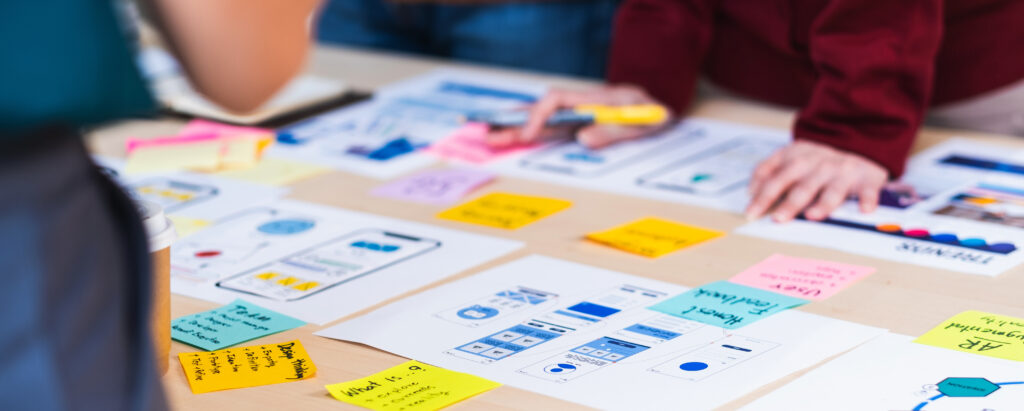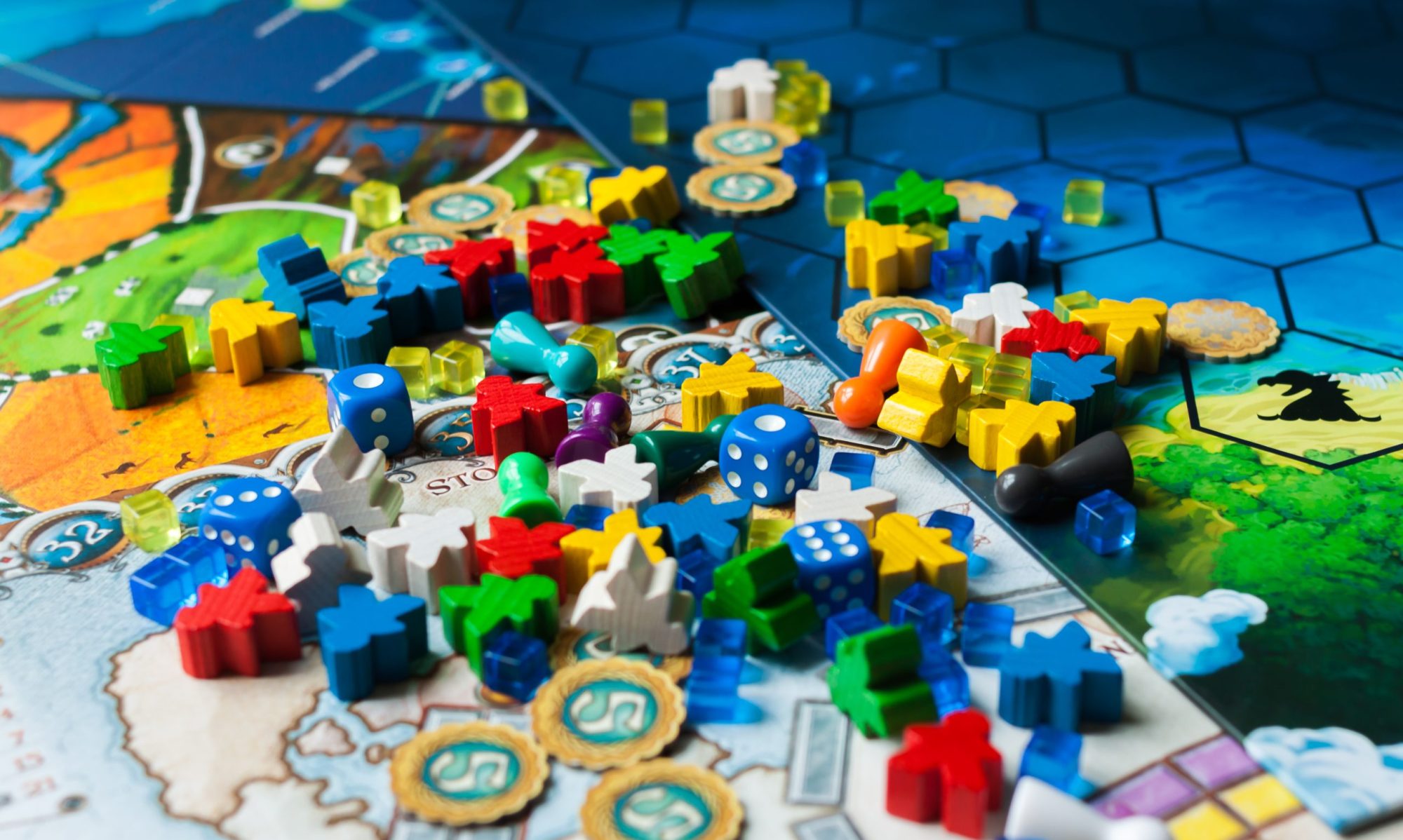
When it comes to game design, having a plan about what you want to include in your initial design or an expansion is critical.
Here is an example of what we include in our typical design briefs:
- Creative source content on which the set is based
- Guidelines for creating artwork – style, templates, colors, and iconography
- Rarity Distribution and intended pull rates
- Identity of the most rare/collectible cards from the set
- Any new locations or tokens that will be added to the game
- Set concept – the outlines the thematic objective for the set including details like what characters should be focused on, any new concepts to be included in the design. If a new card type is needed, it is identified here.
- New Mechanics – any new mechanics or rules changes needed to accommodate the set design are captured. Most sets will have at least 1 new objective per side and will add a new mechanic or extend the function of an existing mechanic to drive changes in the deckbuilding strategies.
- Rules Updates and Errata: most of these are kept up in real time via the online rulebook, but in some cases, this may be included as part of a set design
Once we pass of the brief to the design team, it’s up to them to produce initial concepts for gametext for critical cards connected to game mechanics or balancing power creep. They will next generate a list of card titles based on the IP we are working with and could include things like, character names, devices, weapons, support cards, events or other thematic elements that will make up the set. The first design templates which can be used for creating playtesting cards to test out concepts with the playtest group for the first round of feedback.
This then starts the iterative process that can take months or even years depending on the complexity of the game.

